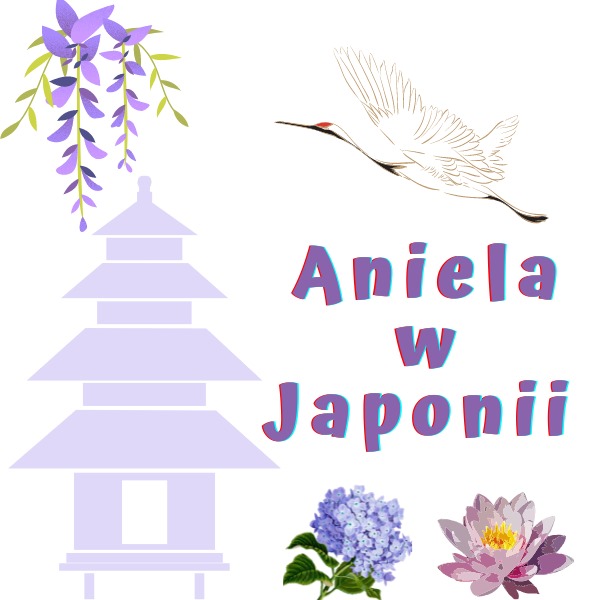Sizes of Threads and What They Mean
Threads for sewing also come in different sizes, which indicate their thickness or weight. The size of the thread affects how well it passes through the fabric and the needle, as well as how visible it is on the surface of the fabric. The size of the thread is usually indicated by a number or a letter on the spool.
There are different systems for measuring the size of the thread, such as Tex, Denier, Weight, and Number. However, the most common system used for sewing threads is the Number system, which is based on the number of times a single strand of thread can be wrapped around a one-inch ruler. The higher the number, the thinner the thread.
Some common sizes of threads are:
- 40-weight thread: This is a medium-weight thread that is suitable for most sewing projects. It can be used for sewing most fabrics, especially medium-weight fabrics, such as cotton, denim, or flannel. It can also be used for machine embroidery or quilting.
- 50-weight thread: This is a fine-weight thread that is suitable for sewing lightweight fabrics, such as silk, chiffon, or lace. It can also be used for hand-sewing or applique.
- 60-weight thread: This is a very fine-weight thread that is suitable for sewing very delicate fabrics, such as organza, tulle, or netting. It can also be used for invisible seams or hemming.
- 12-weight thread: This is a heavy-weight thread that is suitable for sewing thick fabrics, such as leather, canvas, or upholstery. It can also be used for topstitching or decorative stitching.
How to Choose the Right Thread for Your Sewing Project ?
There are some general guidelines that you can follow to choose the right thread for your sewing project:
- Match the type of the thread to the type of the fabric. For example, use cotton thread for cotton fabric, polyester thread for polyester fabric, silk thread for silk fabric, and so on.
- Match the size of the thread to the weight of the fabric. For example, use 40-weight thread for medium-weight fabric, 50-weight thread for lightweight fabric, 60-weight thread for very lightweight fabric, and 12-weight thread for heavy-weight fabric.
- Match the color of the thread to the color of the fabric or use my gray thread trick. For example, use a matching color for seams or hems that you want to hide, and use a contrasting color for stitches that you want to highlight.
- Grey thread tick :This is my favorite trick, because it saves me a lot of time and hassle. The point is that you only need to match the gray thread by the level of brightness, and it will blend in very nicely with most colors. This trick will not work on intense red, but on browns or muted pinks it will work very well! Thanks to this trick, you can significantly reduce your sewing resources and simply not buy too many shades without any sense.
.jpeg)
- Use a high-quality thread that is smooth, strong, and consistent. Avoid cheap or old threads that are rough, weak, or uneven.
Choosing the right thread for your sewing project can make a big difference in the quality, durability, and appearance of your finished product. By following some basic information and tips on how to select the best thread for your sewing needs, you can enjoy sewing with confidence and creativity.
Easy DIY Project How to Keep Thread and Bobbin Together
Do you want to save some space and money by making your own thread and bobbin holder? If so, this DIY project is for you!
All you need are some soft wire and pliers. You can use any kind of wire that is flexible and easy to bend, such as floral wire, craft wire, or even a coat hanger. You can also use any kind of pliers that can cut and shape the wire, such as needle-nose pliers, wire cutters, or jewelry pliers.
Here are the steps to make your own thread and bobbin holder:
- Measure how long your thread spool is. You can use a ruler, a tape measure, or just eyeball it.
- Cut a piece of wire that is the same length as your thread spool plus about 7 cm (2.8 inches). You can use your pliers to cut the wire or scissors if the wire is thin enough.
- Round the sharp end of one side of the wire with your pliers. This will prevent the wire from poking or scratching you or your fabric.
- Slide the bobbin and the thread spool onto the wire. Make sure the bobbin matches the thread color and size. You can also use different sizes of bobbins and spools if you want.
- Bend the other end of the wire around the bobbin and the spool to close the loop. You can use your pliers to twist and shape the wire as you like. You can also make a hook or a loop at the end of the wire if you want to hang your holder on a wall or a rack.
- Repeat steps 1-5 for as many thread and bobbin holders as you need.
That’s it! You have made your own thread and bobbin holder with just some wire and pliers. You can now store your thread and bobbin neatly and conveniently. You can also easily see the colors and sizes of your thread and bobbin without opening any boxes or drawers.
I hope this post was helpful and informative. If you have any questions or comments about threads or sewing in general, please feel free to leave them below. Happy sewing! 😊
Pins:


.jpeg)
.jpeg)
.jpeg)
.jpeg)
.jpeg)
.jpg)
.JPG)
.jpg)
.jpg)

















No comments:
Post a Comment
Witaj ! , Доброе утро! , Hello ! , Hallo!